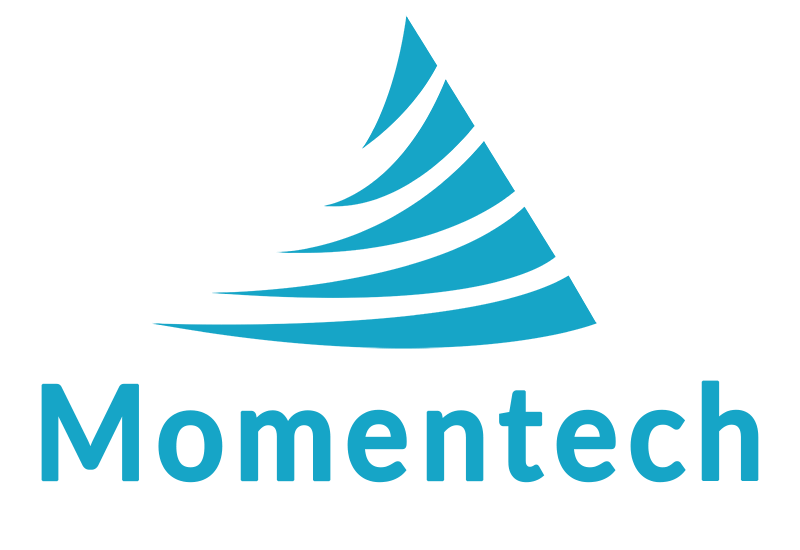Understanding Intellectual Property Ownership for Custom Applications Developed for Your Business

Are you considering investing in custom application development for your business but unsure about the intricacies of intellectual property (IP) ownership? It is crucial to understand how IP ownership works when you are outsourcing the development of your custom web application or software. This article will provide an in-depth, easy-to-understand guide to IP ownership and how it applies to custom web application and software development for your business.
Before diving into the details of intellectual property ownership in custom application development, it is essential to understand the concept of intellectual property itself. Intellectual property refers to creations of the human mind, such as artistic works, inventions, designs, symbols, and names. There are four main types of intellectual property: patents, trademarks, copyrights, and trade secrets.
Custom application development is the process of creating a unique software solution specifically tailored to meet your business's needs, goals, and preferences. This may involve a web app, mobile app, or desktop application that is custom-built by a team of professional developers. Custom applications offer numerous advantages over off-the-shelf solutions, such as improved efficiency, better integration with existing systems, and scalability for future growth. In most cases, businesses outsource custom application development to specialized service providers to benefit from their expertise and resources.
When you outsource the development of your custom application, whether it's a web app, mobile app, or desktop app, it is critical to have a clear understanding of who owns the intellectual property rights to the software being developed. This usually involves a contractual agreement between the client (you) and the service provider (development team). There are three main approaches to IP ownership in custom application development:
In this scenario, the development team retains full ownership of the intellectual property rights to the custom application or software they create for you. They may then license the use of the software to your business. This is similar to how you would use an off-the-shelf software solution, where the provider of the software owns the intellectual property and you purchase a license to use it.
Joint ownership occurs when both your business and the development team share the intellectual property rights to the custom web application or software. In this situation, both parties agree to specific terms outlining each other's IP rights and responsibilities. This approach can be beneficial in cases where you plan to collaborate with the development team for ongoing maintenance, updates, and future development.
The third approach, and the most common one in custom application development and the one that is employed by Momentech, is when you, as the client, receive full ownership of the intellectual property related to the web application or software created for your business. This generally involves an upfront agreement between you and the development team, stipulating that they will transfer all intellectual property rights to your business upon completion of the project. Client ownership ensures that your business retains complete control over the software solution and can modify or re-purpose it as needed without seeking the developer's permission.
What are the risks associated with not specifying IP rights in a contract? After the development and hand-off of a project, misunderstandings may arise, leading both the contracting company (the client company) and the contracted software development company to stake claims to the software's ownership. For instance, the latter might assume that they retain ownership and are simply granting usage licenses to their client. This could lead to disputes if the contracting company believes they own the software and proceed to distribute or resell it.
It is crucial to address IP ownership in your custom application development contract to avoid potential misunderstandings and disputes when your web app is complete. Make sure the contract includes the following elements:
In conclusion, understanding intellectual property ownership when outsourcing custom application development for your business is essential for ensuring legal protection and long-term control over your software solution. By establishing a clear IP ownership agreement in your development contract, you can put your mind at ease and focus on enjoying the benefits of your custom web application.
What is Intellectual Property?
Before diving into the details of intellectual property ownership in custom application development, it is essential to understand the concept of intellectual property itself. Intellectual property refers to creations of the human mind, such as artistic works, inventions, designs, symbols, and names. There are four main types of intellectual property: patents, trademarks, copyrights, and trade secrets.
What is Custom Application Development?
Custom application development is the process of creating a unique software solution specifically tailored to meet your business's needs, goals, and preferences. This may involve a web app, mobile app, or desktop application that is custom-built by a team of professional developers. Custom applications offer numerous advantages over off-the-shelf solutions, such as improved efficiency, better integration with existing systems, and scalability for future growth. In most cases, businesses outsource custom application development to specialized service providers to benefit from their expertise and resources.
How Does IP Ownership Work in Custom Application Development?
When you outsource the development of your custom application, whether it's a web app, mobile app, or desktop app, it is critical to have a clear understanding of who owns the intellectual property rights to the software being developed. This usually involves a contractual agreement between the client (you) and the service provider (development team). There are three main approaches to IP ownership in custom application development:
1. Developer Ownership
In this scenario, the development team retains full ownership of the intellectual property rights to the custom application or software they create for you. They may then license the use of the software to your business. This is similar to how you would use an off-the-shelf software solution, where the provider of the software owns the intellectual property and you purchase a license to use it.
2. Joint Ownership
Joint ownership occurs when both your business and the development team share the intellectual property rights to the custom web application or software. In this situation, both parties agree to specific terms outlining each other's IP rights and responsibilities. This approach can be beneficial in cases where you plan to collaborate with the development team for ongoing maintenance, updates, and future development.
3. Client Ownership
The third approach, and the most common one in custom application development and the one that is employed by Momentech, is when you, as the client, receive full ownership of the intellectual property related to the web application or software created for your business. This generally involves an upfront agreement between you and the development team, stipulating that they will transfer all intellectual property rights to your business upon completion of the project. Client ownership ensures that your business retains complete control over the software solution and can modify or re-purpose it as needed without seeking the developer's permission.
What's the Risk of Not Specifying IP Rights in a Contract?
What are the risks associated with not specifying IP rights in a contract? After the development and hand-off of a project, misunderstandings may arise, leading both the contracting company (the client company) and the contracted software development company to stake claims to the software's ownership. For instance, the latter might assume that they retain ownership and are simply granting usage licenses to their client. This could lead to disputes if the contracting company believes they own the software and proceed to distribute or resell it.
Establishing IP Ownership in Custom Application Development Contracts
It is crucial to address IP ownership in your custom application development contract to avoid potential misunderstandings and disputes when your web app is complete. Make sure the contract includes the following elements:
- Clear definition of the intellectual property: Ensure that the agreement outlines the specific types of IP, such as patents, copyrights, or trademarks, that pertain to the custom software solution.
- Ownership terms: The contract should clearly specify which party (client, development team, or both) will own the intellectual property rights after the project's completion. Also, make sure it includes any applicable license agreements and restrictions, as necessary.
- Transfer process: If you choose the client ownership approach, the contract needs to specify the process for transferring IP rights from the development team back to you.
- Contingencies: Outline what happens to IP rights in case the project is terminated or delayed, ensuring that your business's interests stay protected.
In conclusion, understanding intellectual property ownership when outsourcing custom application development for your business is essential for ensuring legal protection and long-term control over your software solution. By establishing a clear IP ownership agreement in your development contract, you can put your mind at ease and focus on enjoying the benefits of your custom web application.





